MAKING ROOM FOR GRASSLAND BIRDS &
SUPPORTING MAINE FARMS

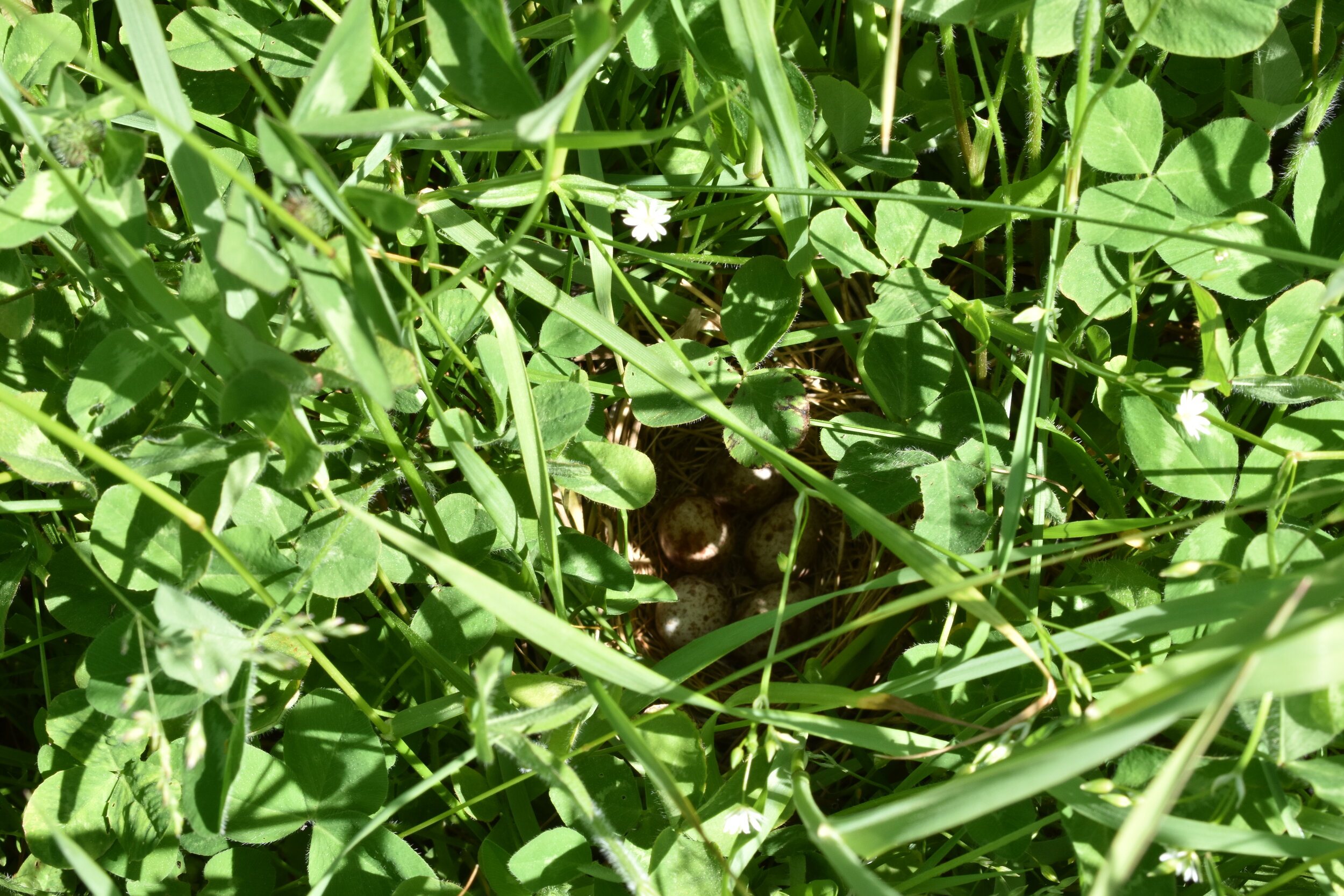
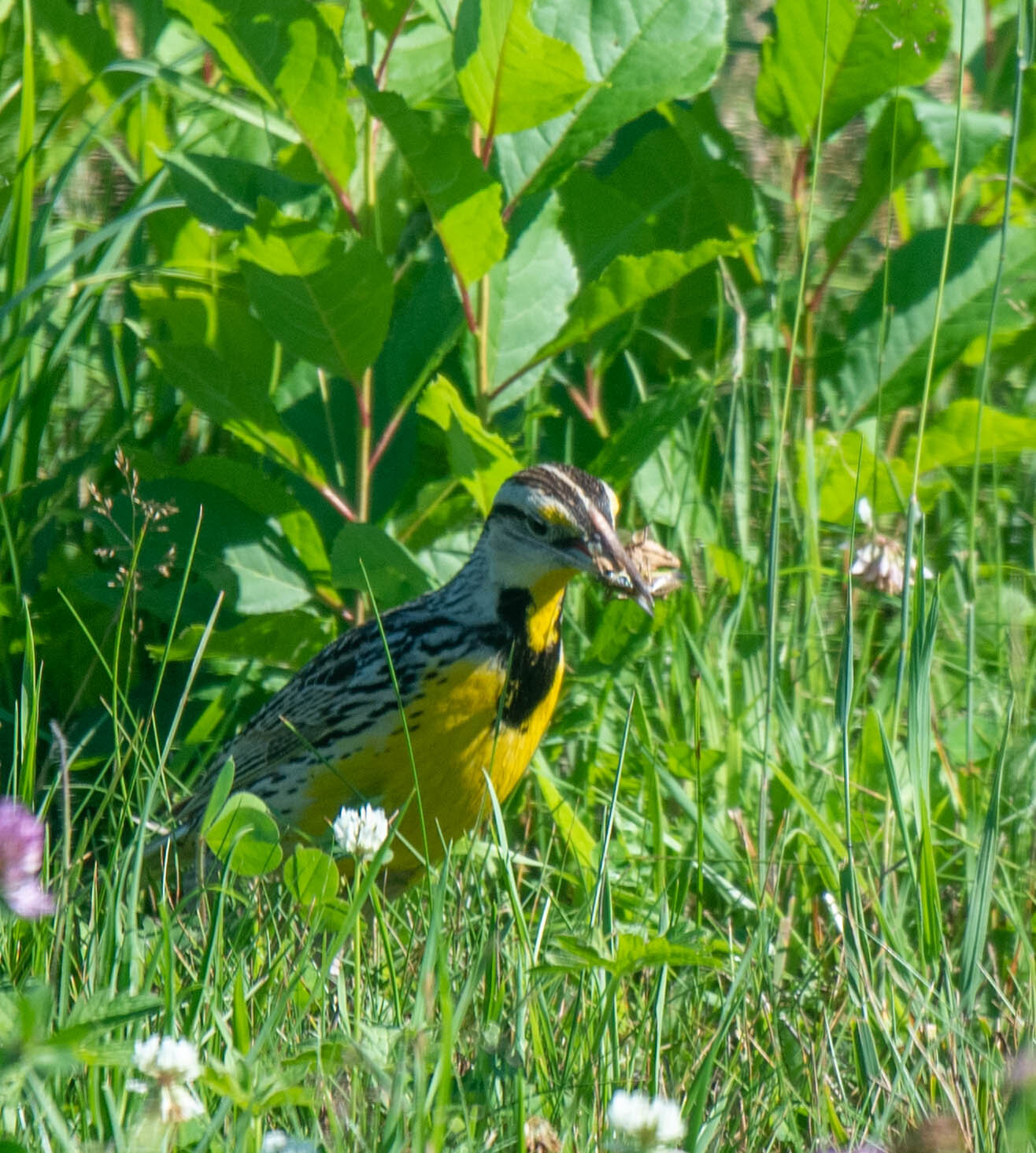
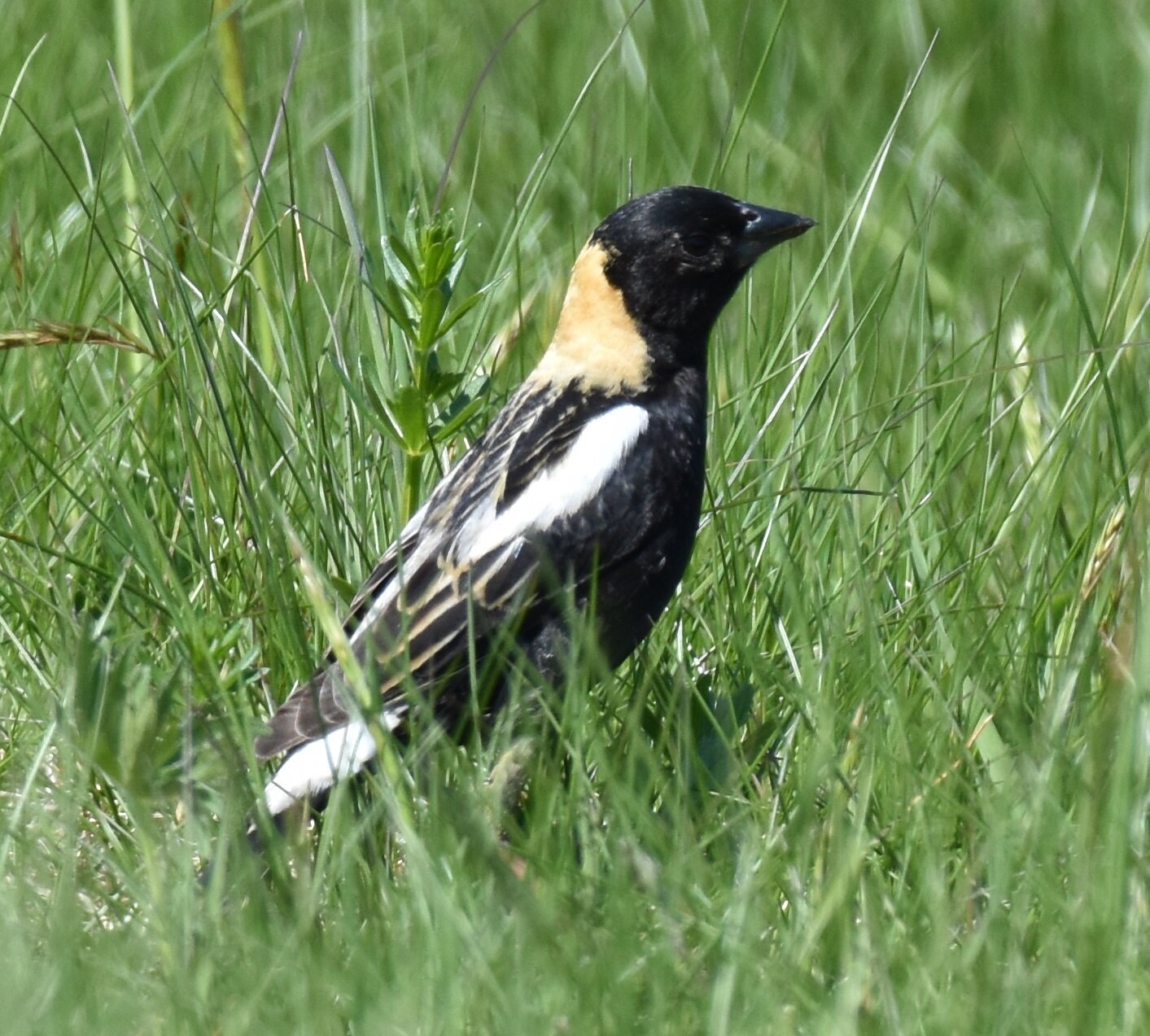
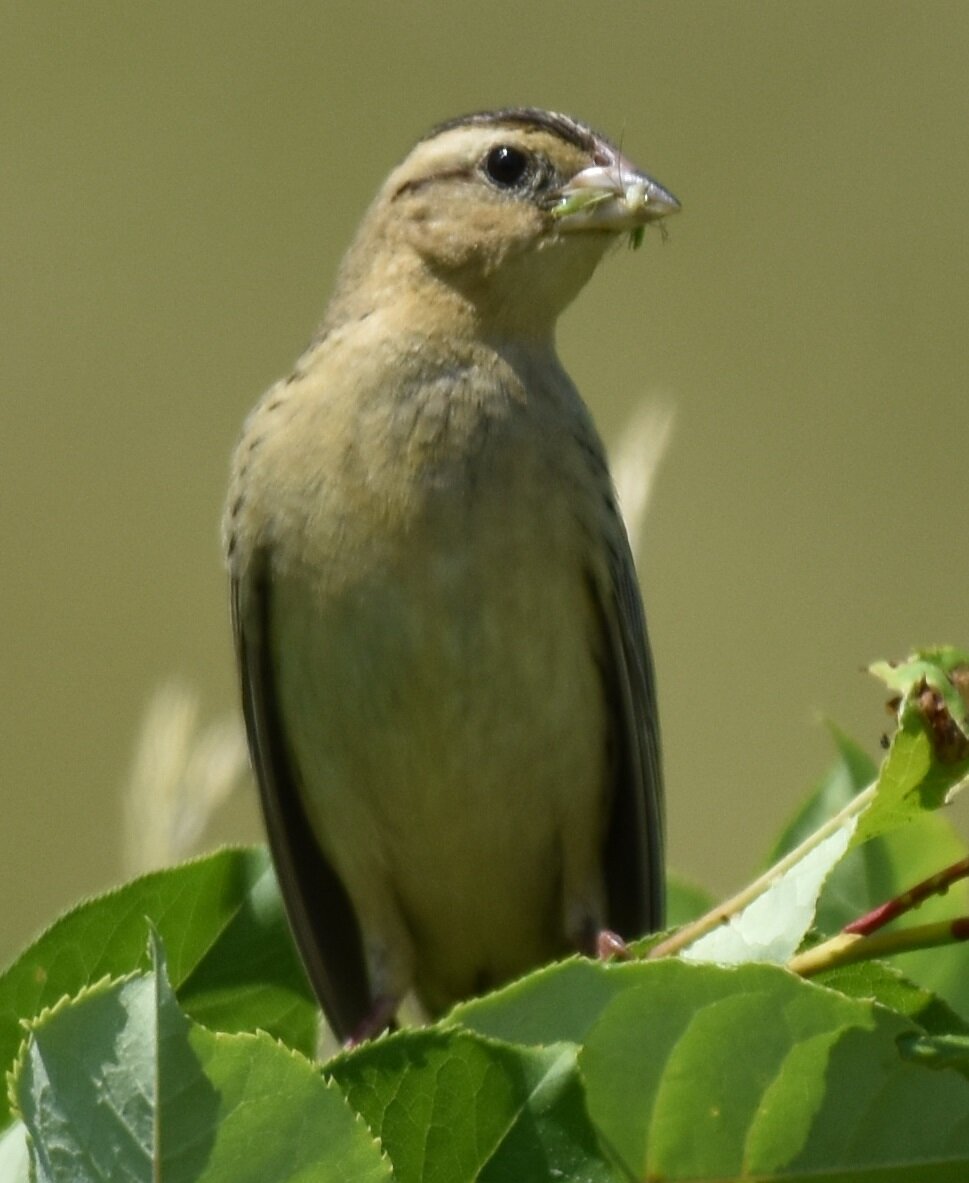
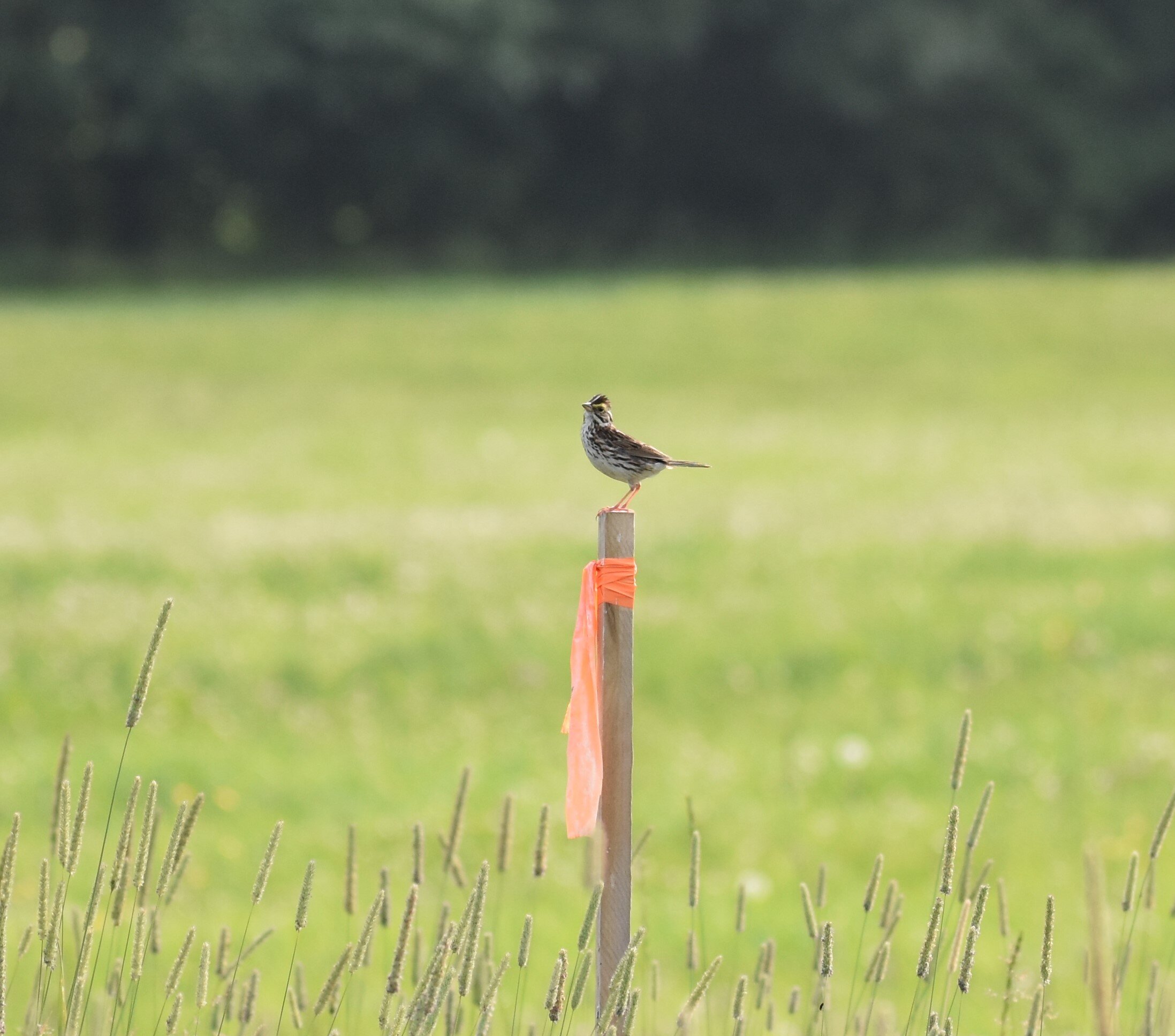
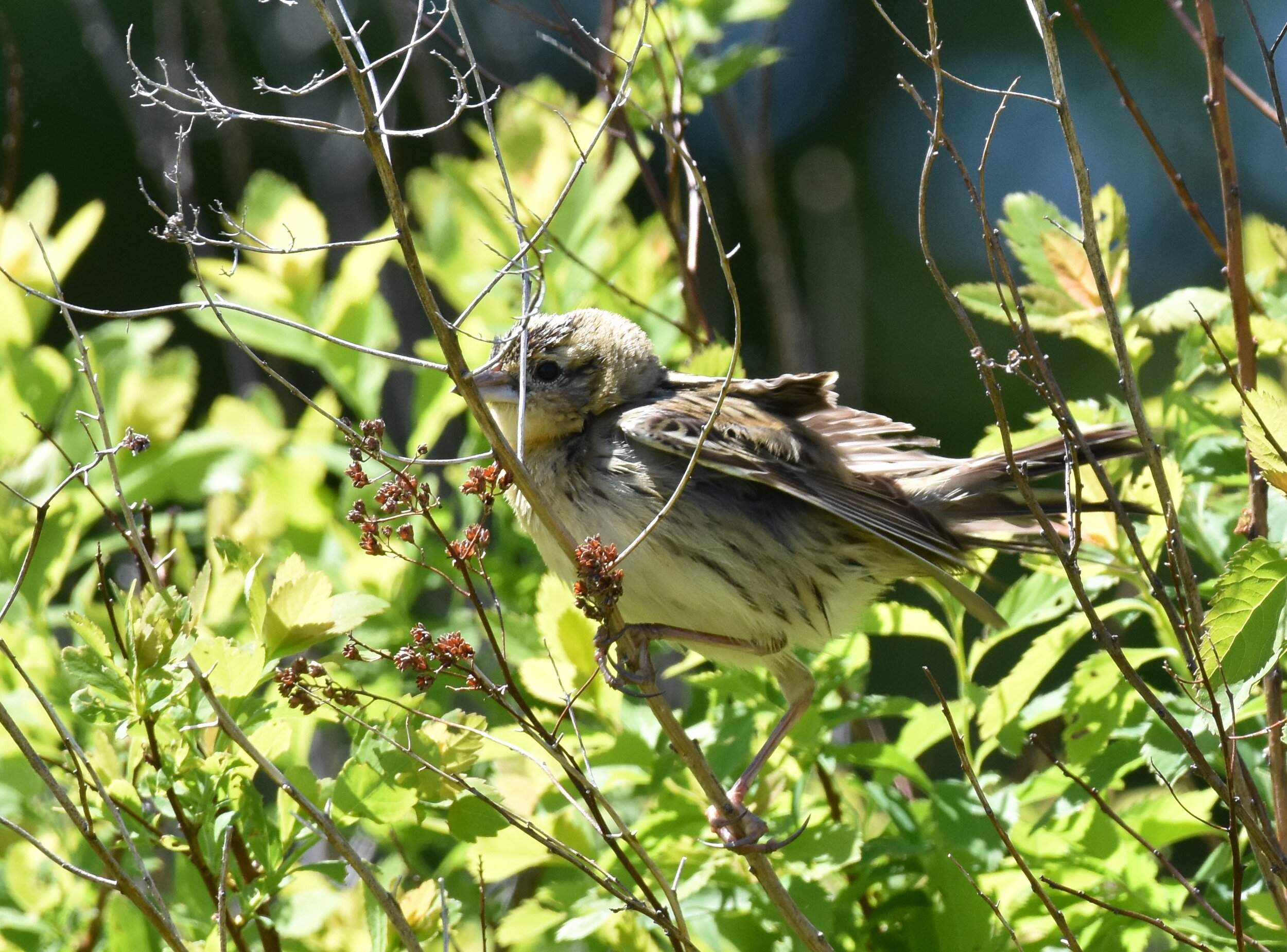
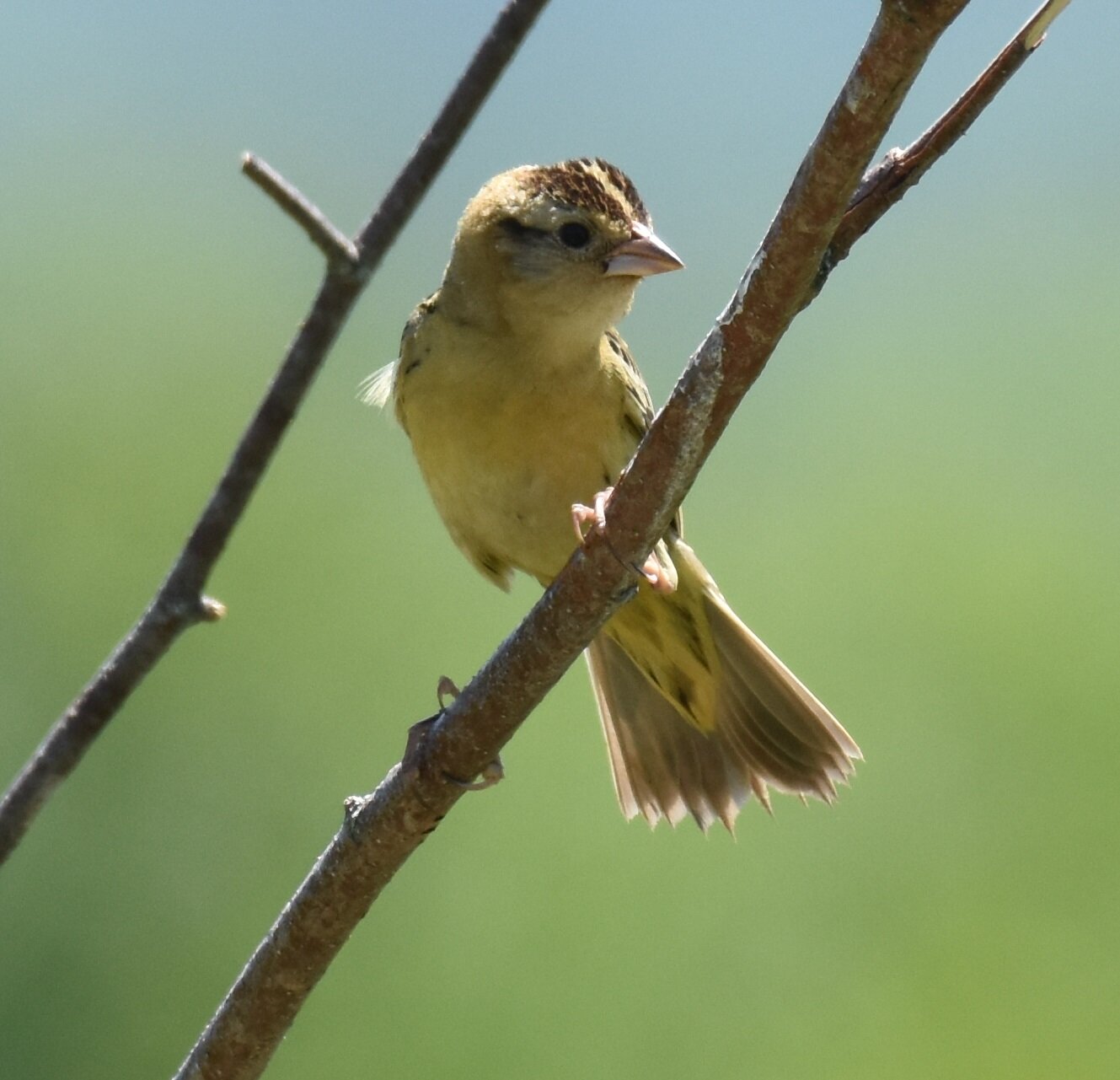
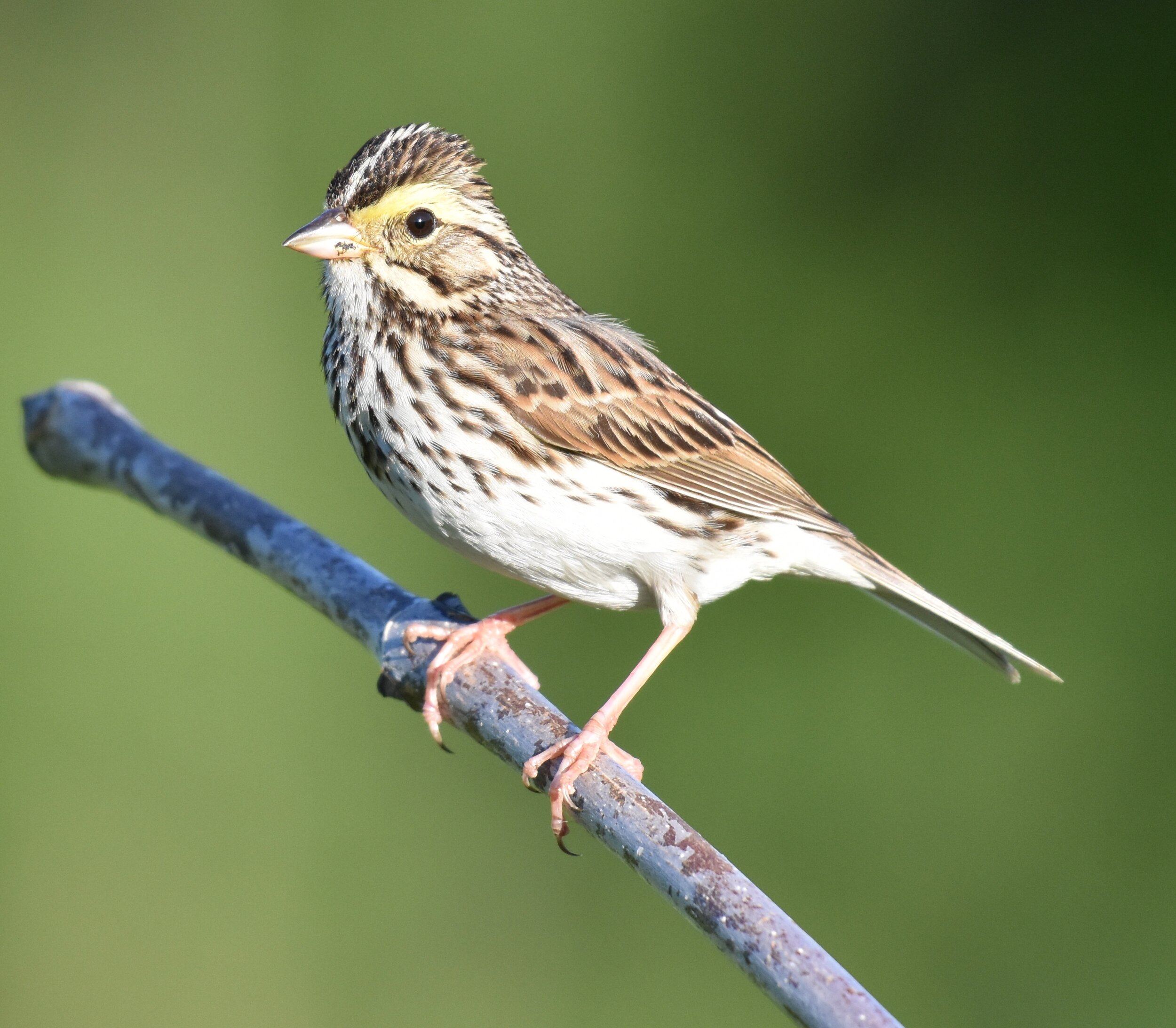
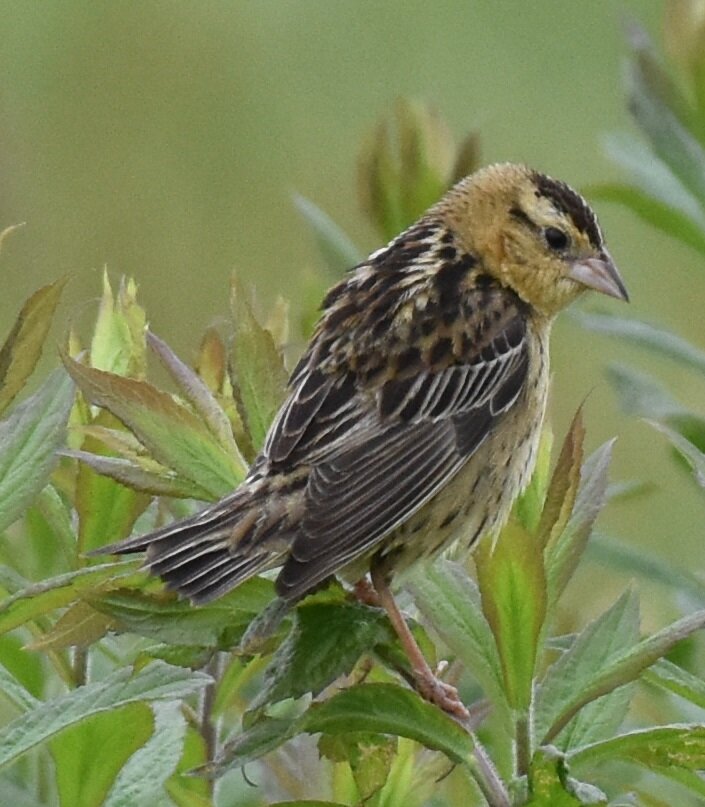
Bobolink chick rescued from a newly-mown field. The chick was transported and successfully rehabilitated at Avian Haven in Freedom.
The Ag Allies Program collaborates with landowners and farmers across Maine to better manage open lands for grassland bird nesting success.
Technical Assistance: We work with landowners and field managers across the state to make best-fit management changes that balance the needs of both birds and farmers.
Outreach Assistance: We provide field signage to raise awareness and celebrate your support of grassland birds. We are available for presentations about grassland bird conservation in your community.
Incentive Payments: Farmer incentive payments may be available to help offset the cost of bird-friendly management changes.
Field Refurbishment: Currently for land trusts only – funding for field refurbishment demonstration sites Learn More
FINE-TUNE YOUR FIELD MANAGEMENT
Ag Allies works with farmers and other landowners to fine-tune your management strategies. We recognize the pressure managers face to cut early season hay, so management recommendations are tailored and focused on areas that will have the greatest impact for birds and the least impact for the farm. This involves on-farm assessments to identify fields in use by target species, followed by discussion of options for management changes. Farmer incentive payments are used as needed to encourage and help offset the cost of management changes.
In many cases, this means Ag Allies personnel will help to identify fields or portions of fields where grassland birds are present in greatest density. These areas can then be targeted for a delayed mowing schedule. Careful monitoring allows farmers to get back in and harvest these fields as soon as fledglings are capable of sustained flight.
Program Director Laura Suomi-Lecker lays out a delayed mowing block, where grassland nesting birds will have shelter until fledglings are capable of sustained flight. The remaining portions of the field will be hayed on the farm’s timeline. jbrockway photo
Farmer Incentive Payments
To engage farmer participation, incentive payments can be critically important. Our local farmers are pressed with so many competing needs and uncertainties of prices and weather, it is difficult for them to manage and balance forage production needs in the best of circumstances. The incentive payment provides important recognition that we are burdening them with an additional complicating management concern.
RESOURCES AG ALLIES OFFERS TO LANDOWNERS, FARMERS & LAND TRUSTS:
Site visits – to ascertain current nesting activity in fields and provide information for BMP options for nesting habitat protection
Field checks – for those who are delaying mowing for the birds – allows farmers to cut the fields as soon as the birds are flighted
Presentations – on the needs of grassland birds and what Ag Allies can provide to help landowners and farmers enhance nesting habitat on their grasslands
Field workshops – to showcase grassland bird behavior and grassland management techniques as well as train participants in the use of E-bird
Habitat signs – to showcase the habitat aspect of a publicly visible participating field; provides education and outreach
Fact Sheets – on the Ag Allies program, grassland bird overview, matching livestock nutritional needs with later cut hay etc
Field quality technical assistance – one-on-one assistance for those wishing to improve the forage quality of their fields
BMPs for grassland nesting habitat – these include general delayed mowing, construction of un-mowed blocks within a field, designating fallow paddocks for grazing lands, early May cuts followed by 65 day nesting window, integration of pollinator habitat with delayed mowing practices etc
Currently for land trusts only – funding for field refurbishment demonstration sites
Laura consults with a grassland manager in Franklin County. photo jbrockway





